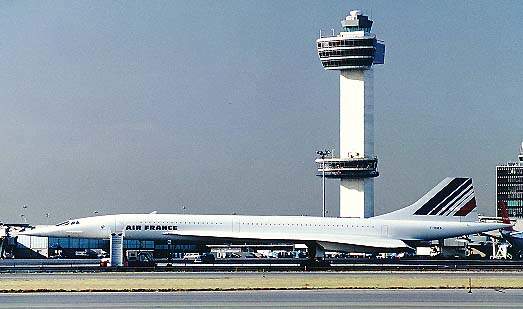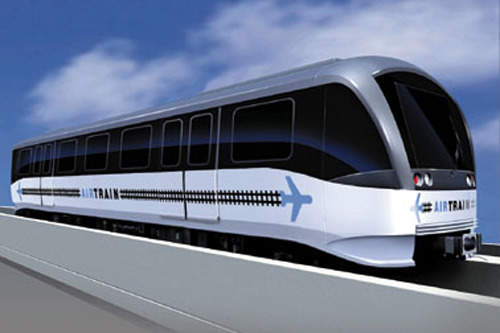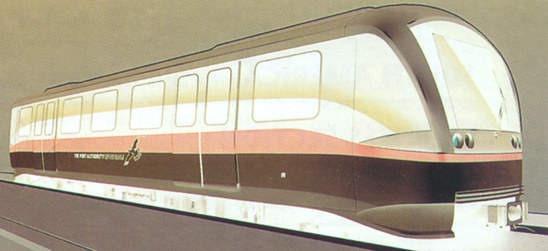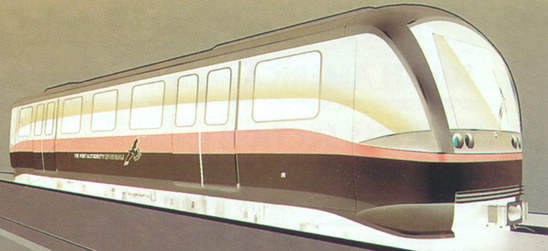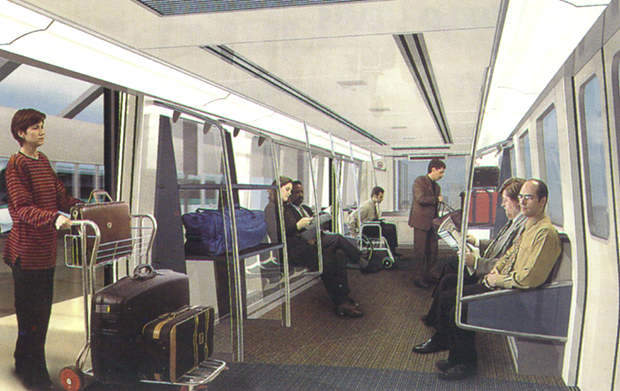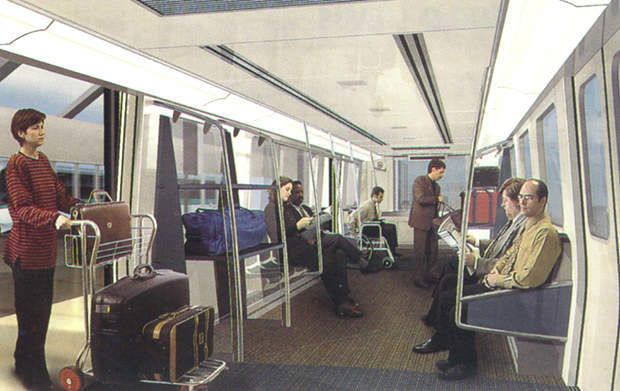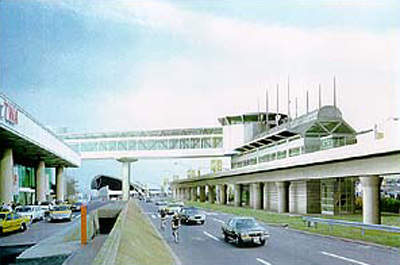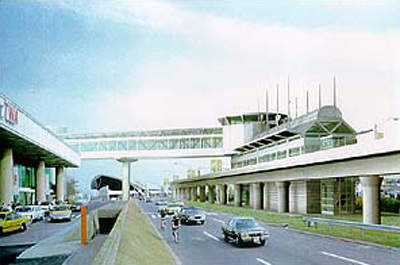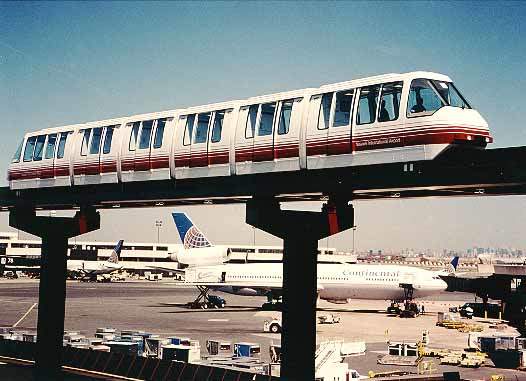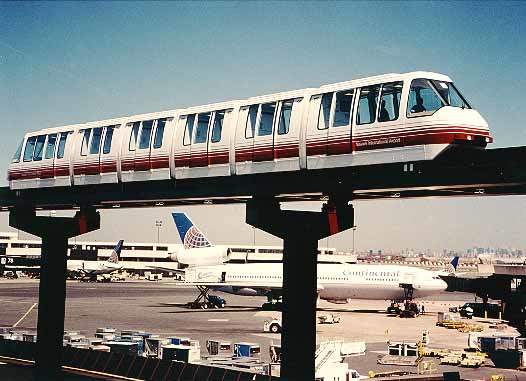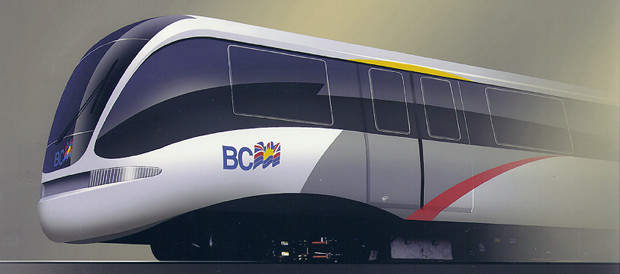Kennedy Airport, the biggest international gateway to New York, is to get a new direct link with the city centre, which promises to dramatically slash journey times. Airtrain will link the nine terminals at Kennedy Airport with the city’s existing mass transit systems, both light and heavy rail.
City planners have recognised the need for a dedicated airport rail link since the 1960s, but proposals foundered for many reasons, including cost, environmental concerns, lack of co-ordination with existing transit systems and a lack of political will. Now, the promoters of Airtrain say 30 years of congestion have eroded New York’s competitiveness as an international trade centre and, among firms who relocated from the city, poor access to the airport was cited as the second most common reason for their move.
THE PROJECT
A new, circular line will link the airport’s seven terminals, as well as providing a connection for staff to the main car parking area. Ultimately, it will link with the subway to the heart of the city and the A-train network for destinations further afield.
The links will be financed through the fare box and from capital funds of the Port Authority of New York and New Jersey. This is a bi-state body, which also runs a Hudson River crossing service linking the two states and operates two New York bus terminals.
All passengers leaving Kennedy Airport have been paying a $3 local tax for many years and this will meet a large portion of the new line’s costs, estimated at $1500 million. About 4,150 people will be involved in the link’s construction, while port officials anticipate that the work will bring up to $580 million into the local economy. Promoters of the system boast that no local or state tax money will be used in the finance package.
Target journey times from downtown to the airport are around 45 minutes, with the major interchanges at Howard Beach and Jamaica within 12 minutes of the airport. This compares with the two-hour journey currently faced by air passengers to and from the city centre. The scheme’s promoters also boast that a trip around the airport’s terminals by Airtrain will take just eight minutes, compared with 20 before the system was built.
INFRASTRUCTURE
The new line’s natural starting point is Jamaica, north-west of the airport. The total length of new track is approximately 8.4 miles, which consists of: a 2-mile loop connecting the airport’s terminals; a 3.1-mile extension to the Jamaica transportation centre, from where connections are available onto rail, bus and subway lines; and a 3.3-mile extension, linking the new line with the subway at Howard Beach.
Ten new stations will be built in total and each will be elevated, on pre-cast, post-tensioned concrete segments. They will be fully enclosed, heated and air-conditioned, with platform doors, wide escalators, large glass elevators and moving walkways to connect them to the airline terminals.
ROLLING STOCK
Three companies have come together to form the AirRail Transit Consortium, which won the bid to design, build and operate the system. Among them is rolling-stock builder Bombardier, which will be responsible for supplying the new trains. It won a contract worth $930 million in April 1998 to supply 32 linear induction motor-powered cars, based on the Vancouver Skytrain design.
SIGNALLING AND COMMUNICATIONS
The system will be controlled by a moving block signalling network, whereby each section of the double-tracked network will be divided into signal sections, the size of which will vary according to the mean speed of any train occupying it.
The trains will run under automatic train control (ATC), which will transmit details of each train’s location back to the central control hub from where the whole system will be monitored. While ATC will be the main mode of operation, the system will be capable of running manually in an emergency. Stations will be equipped with dynamic displays showing real-time information of train movements, while a PA system and CCTV cameras will be used to keep operators in touch with what is happening at stations. Trains will also be equipped with two-way radio for communication with the control centre.
THE FUTURE
The start of work on the Airtrain scheme coincided with the airport’s celebrations of its 50th anniversary. The ring around the airport terminals and the extension to Howard Beach are expected to be complete by the end of 2002, with the final phase linking the new system to Jamaica expected on stream the following year. Initial projections suggested 34,000 people a day could be attracted onto Airtrain. This would make it America’s second most heavily-used direct airport link.

